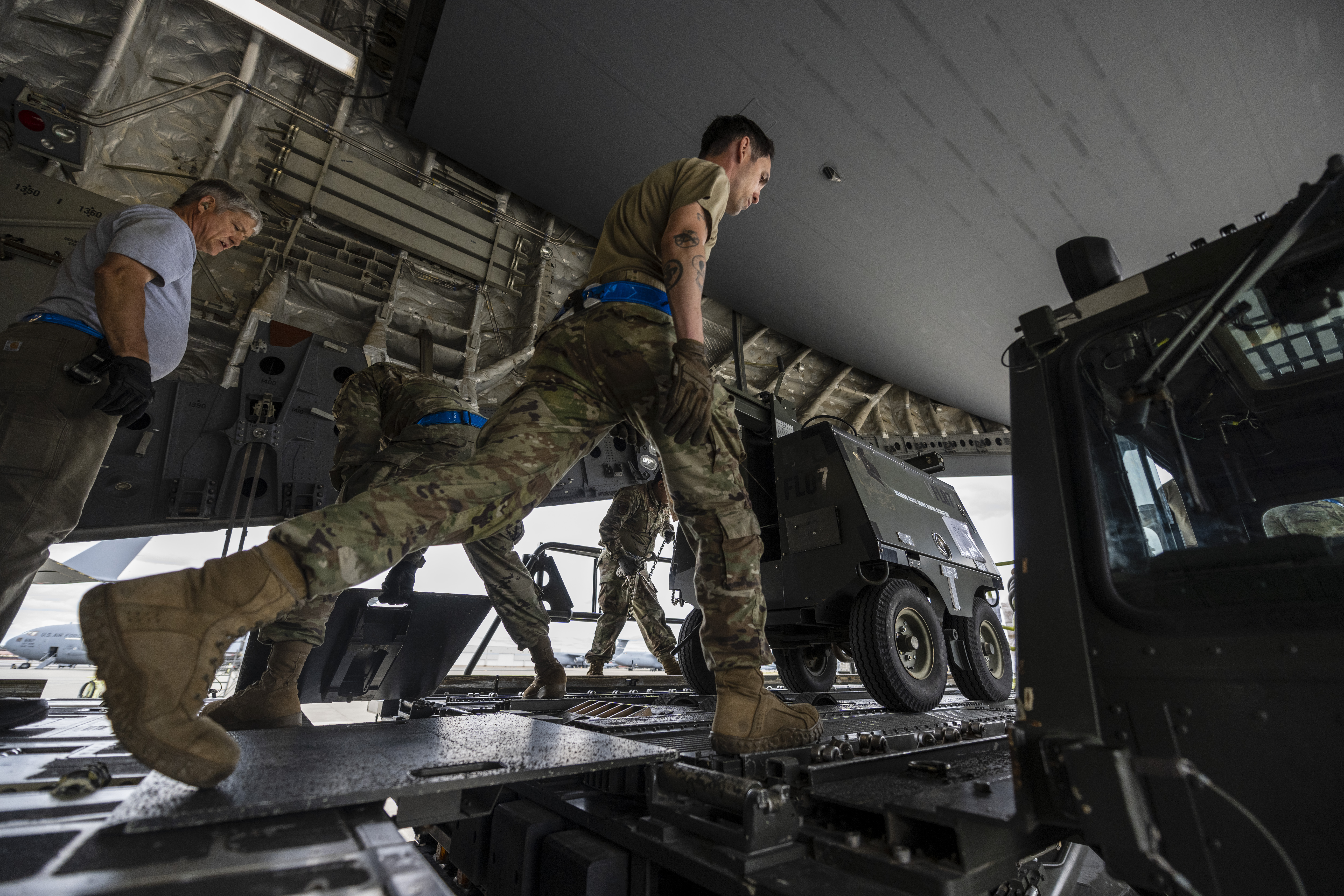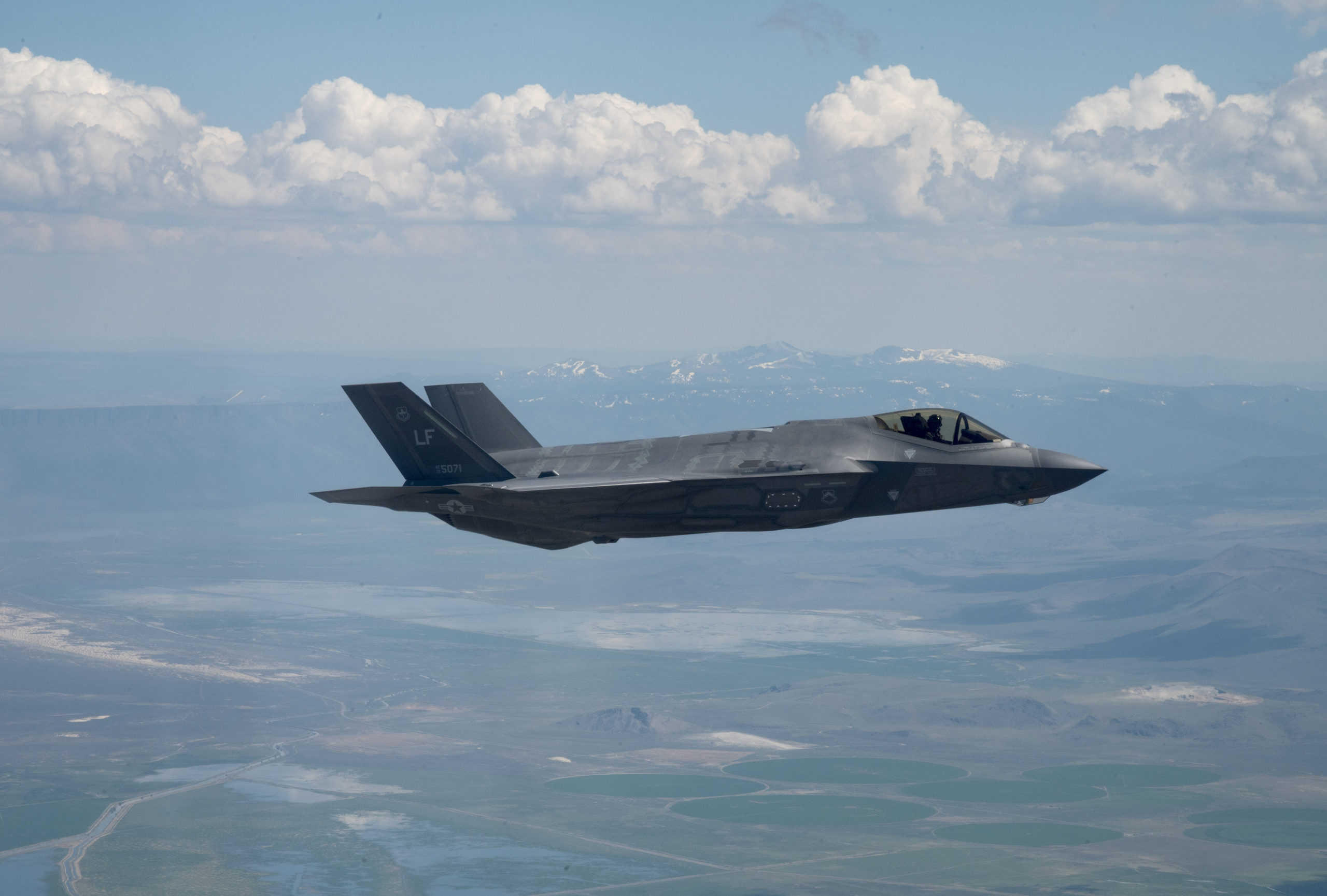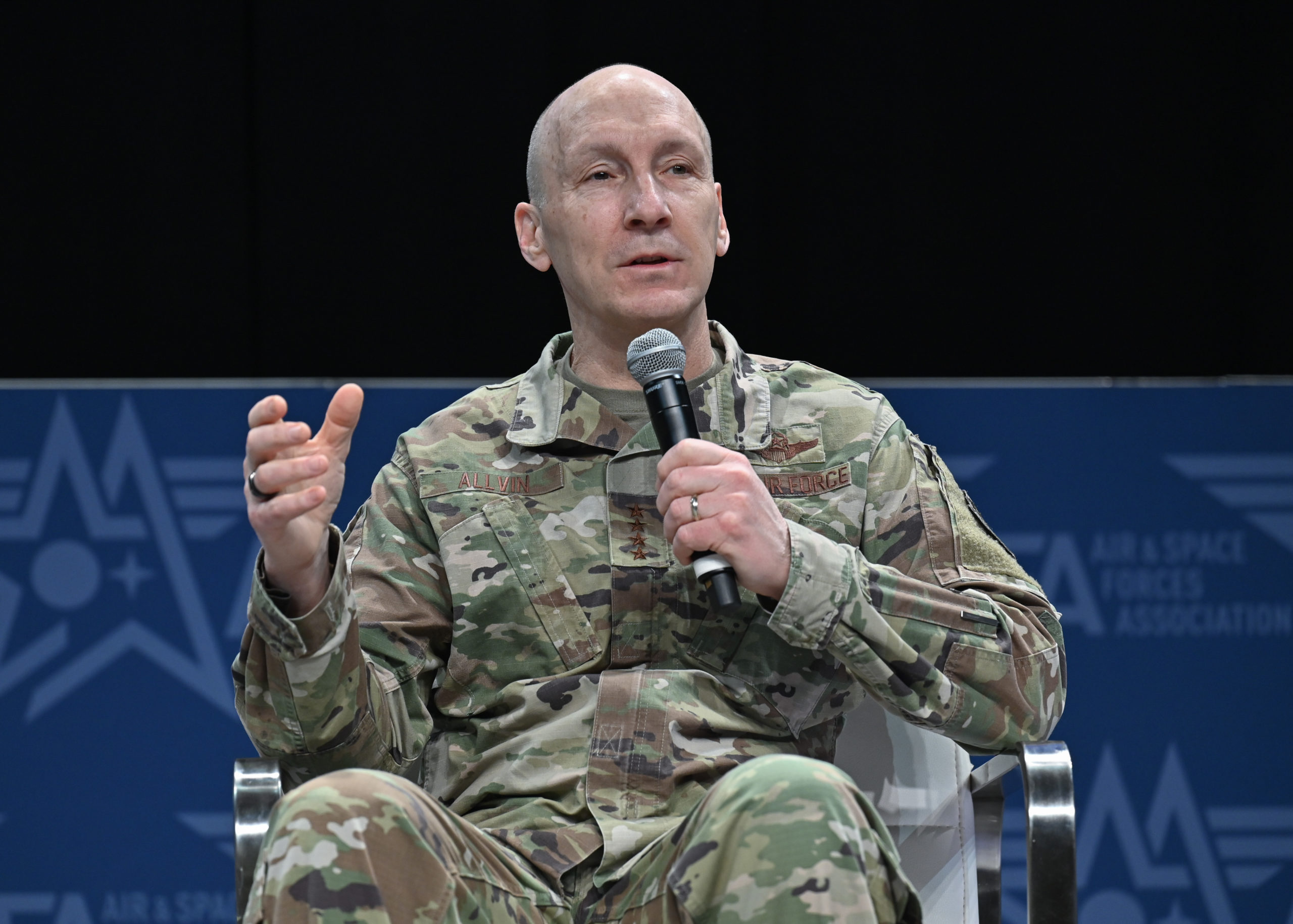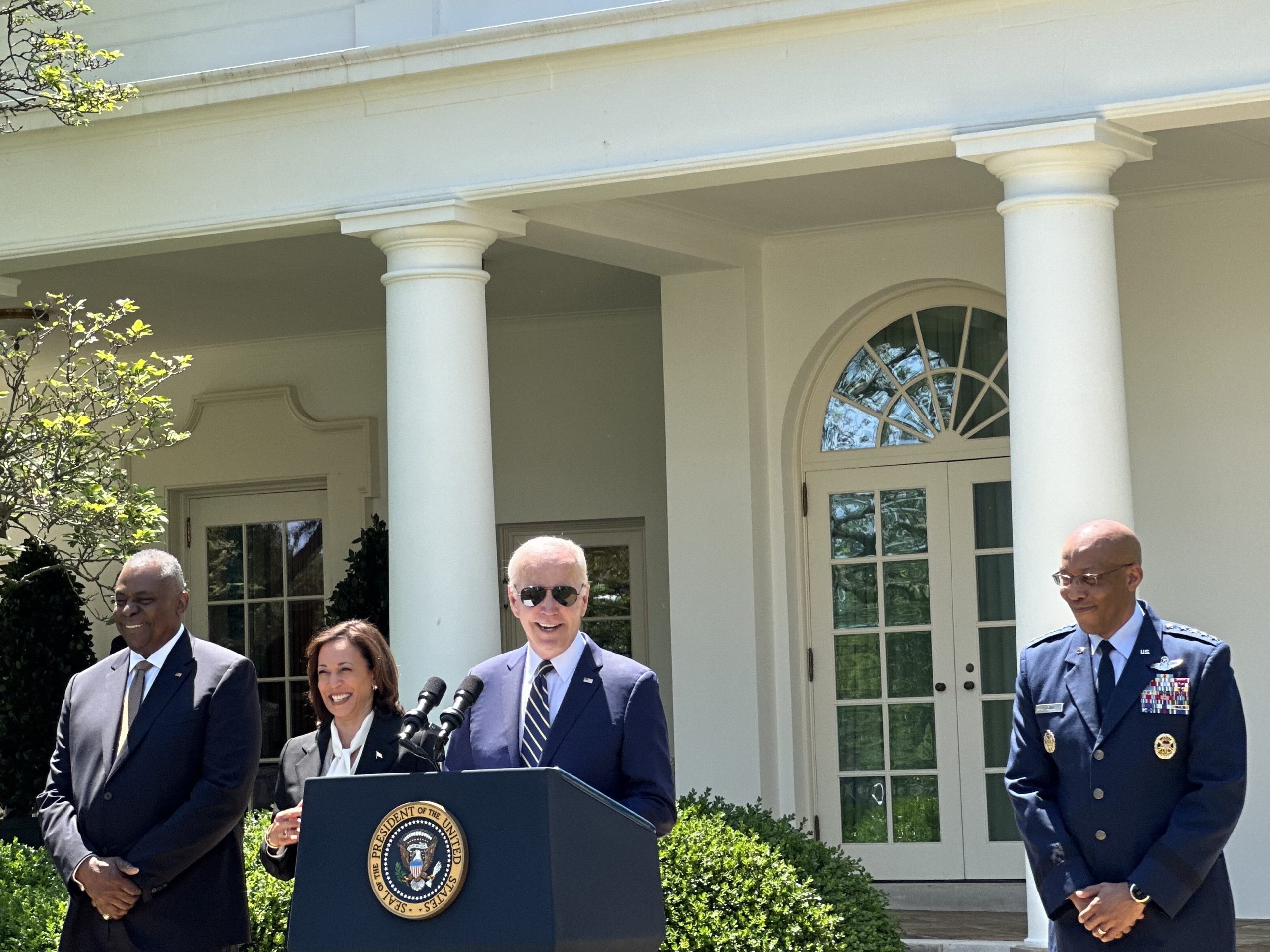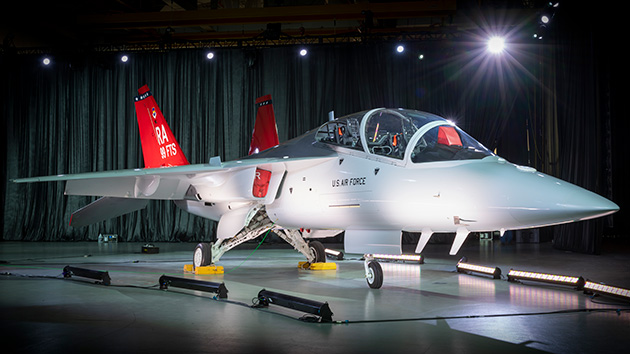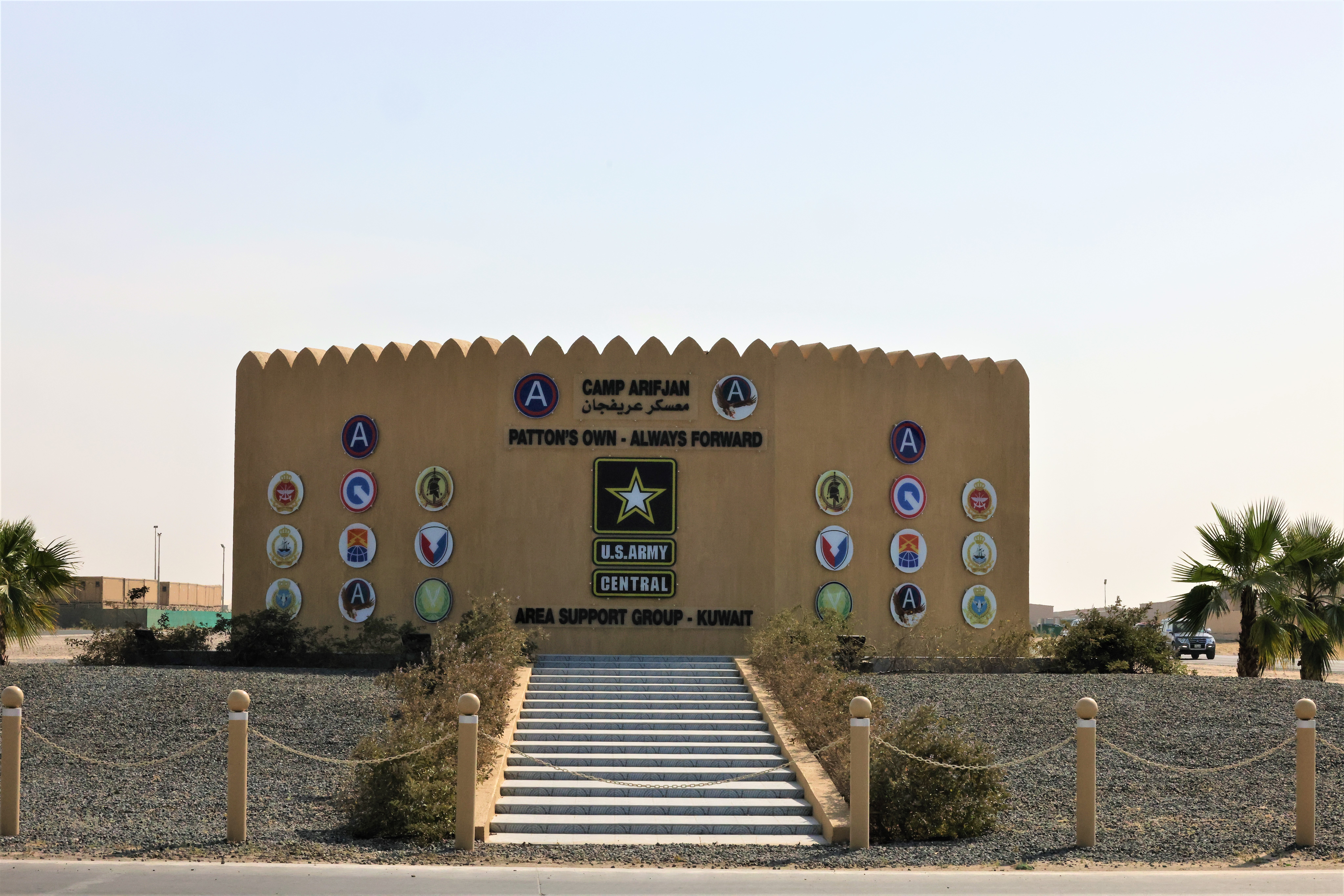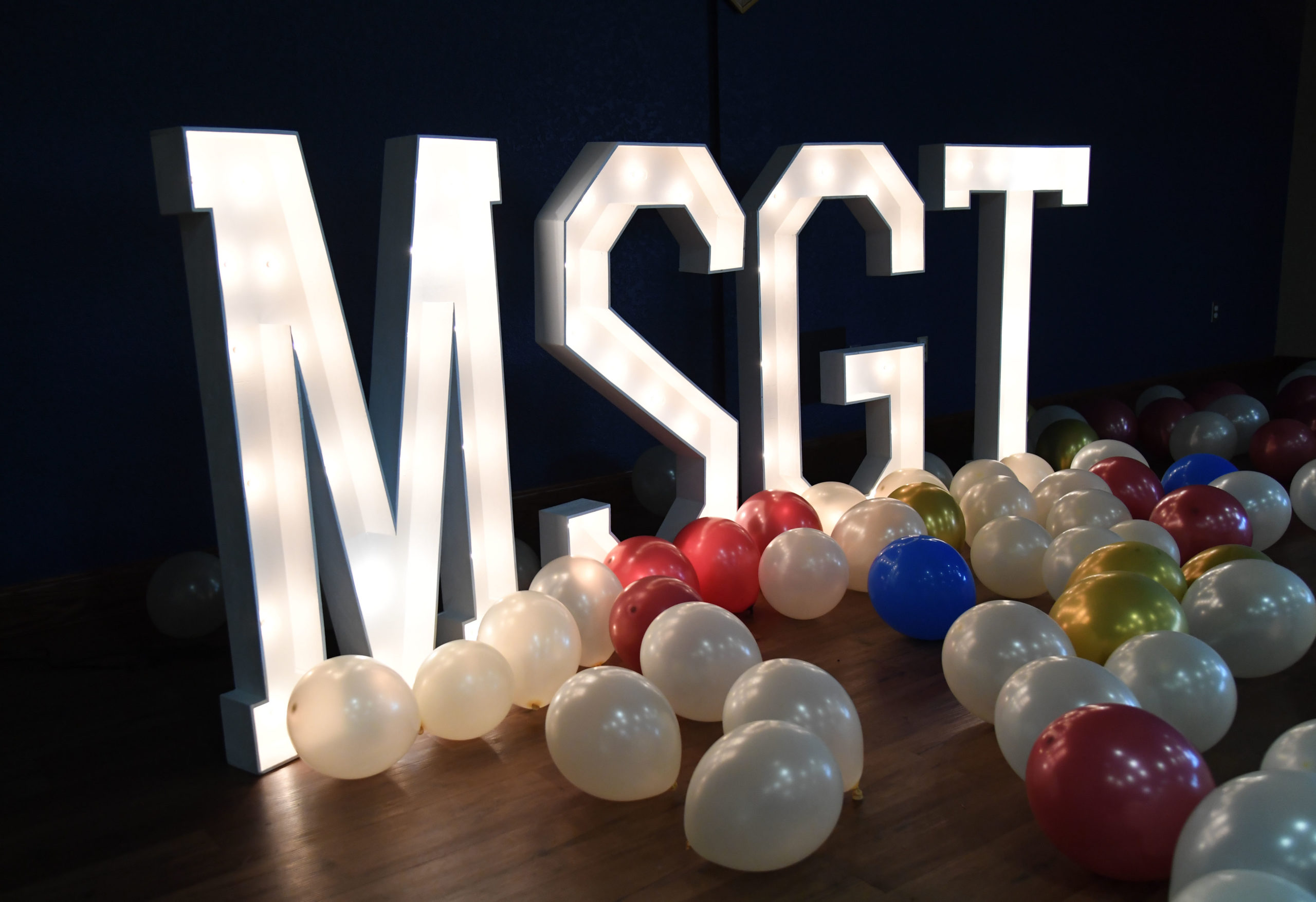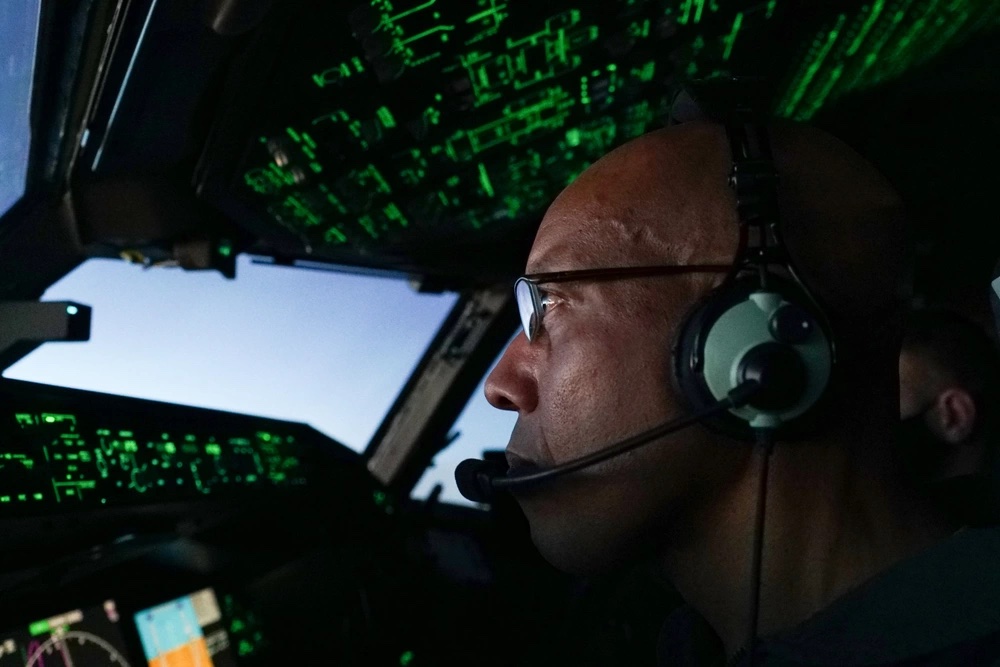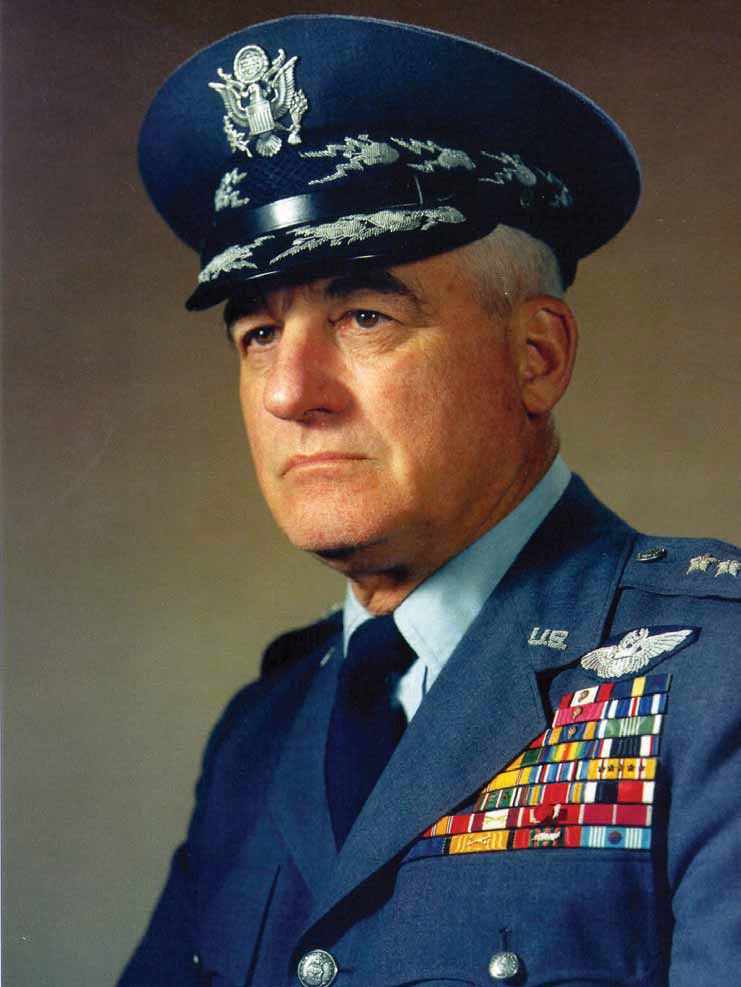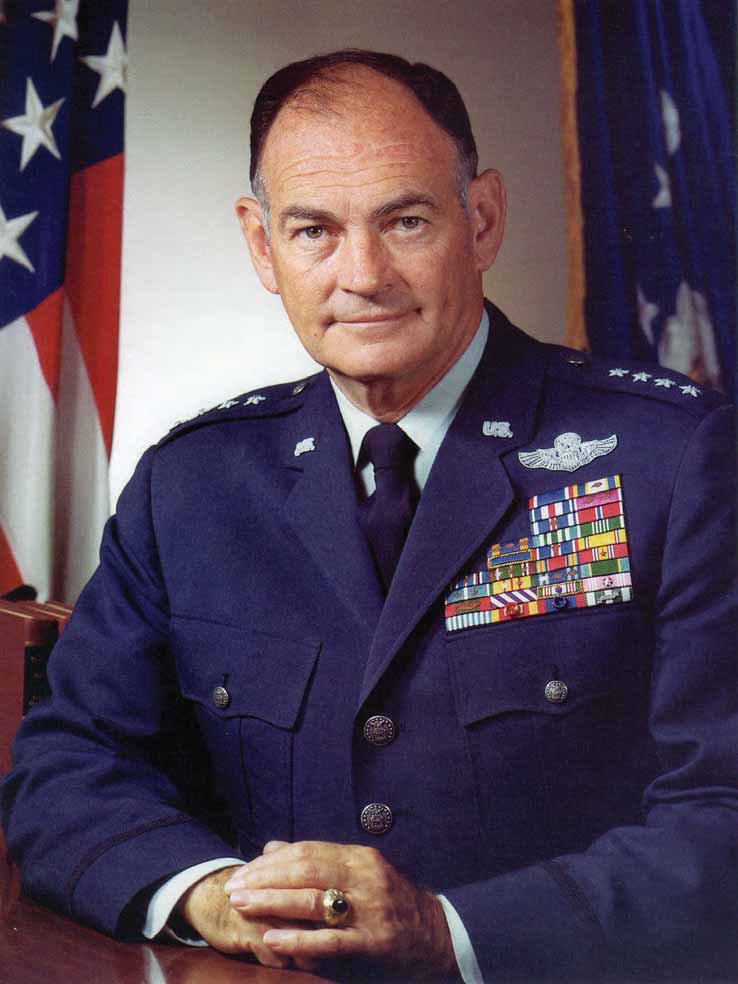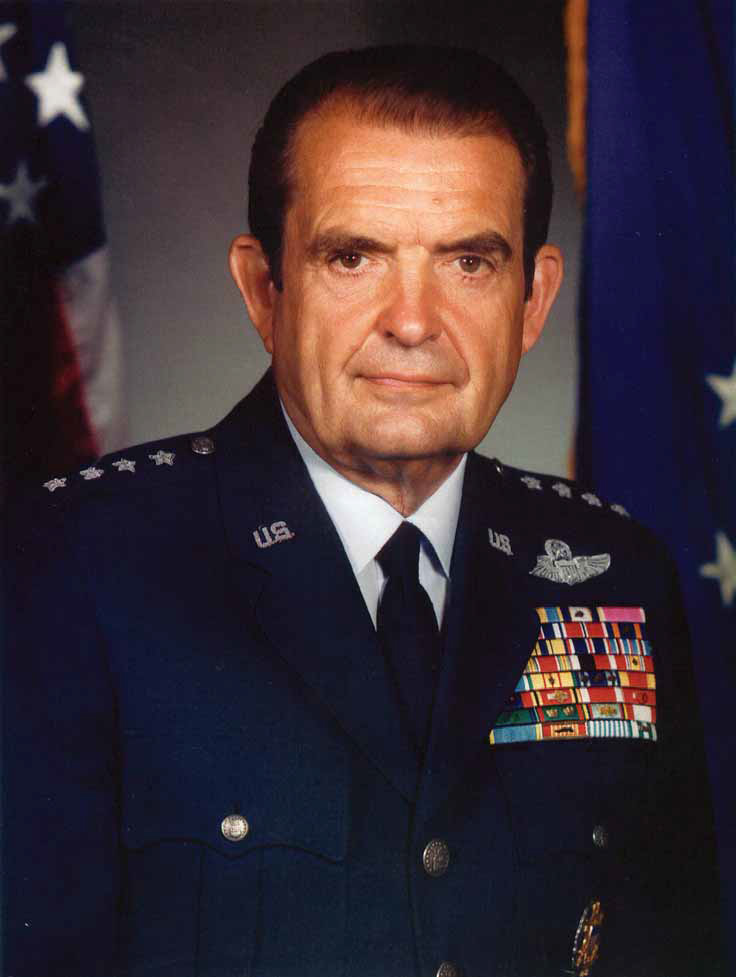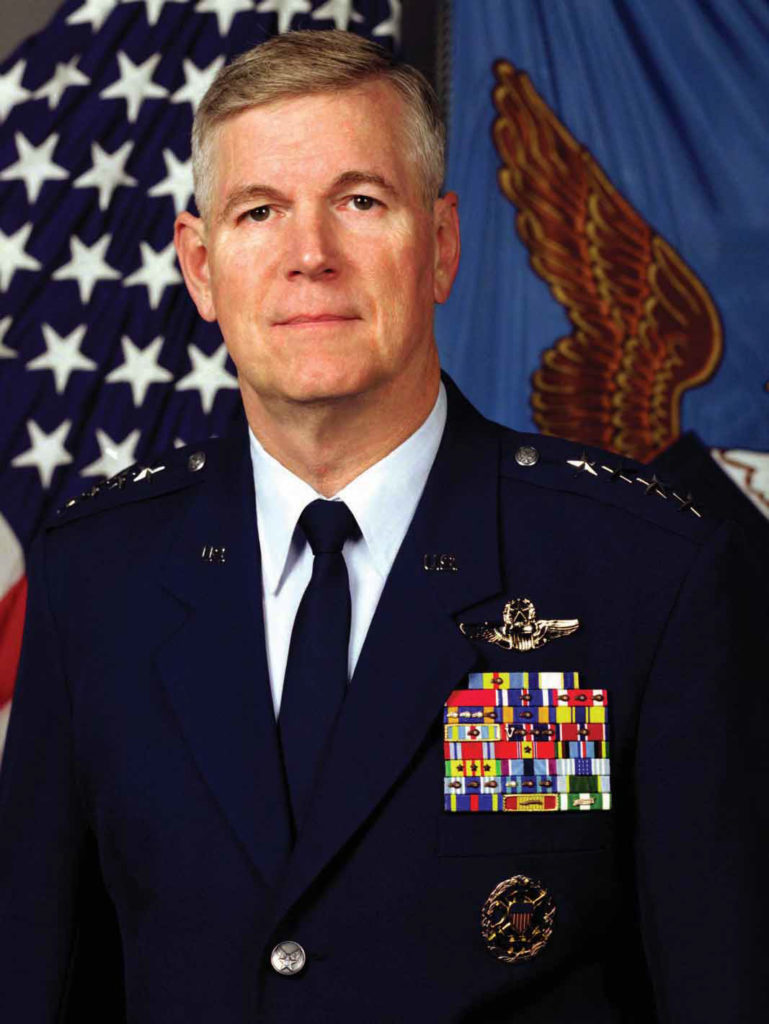Airmen will be able to swap assignments starting June 1, but the offer comes with strings attached.
The new enlisted assignment swap program announced May 25 is open available to senior master sergeants and below who can find a match for:
- Air Force Specialty Code
- Skill level
- Grade or projected grade
- Special Experience Identifier (as required)
- Vector (as required)
- Security Clearance (as required)
Airmen will also have to have the same PCS eligibility “such as time on station, tour length, and retainability,” according to a memo from assistant secretary for manpower and reserve affairs Alex Wagner, which leaked on Reddit and was confirmed as authentic to Air & Space Forces Magazine.
Both parties must initiate assignment swaps within 90 days from their assignment selection date to qualify. Airmen with adverse quality force indicators are ineligible.
People commenting on Reddit expressed concern over the time-on-station requirement, which is four years for career Airmen. That will limit the pool of eligible Airmen.
The concept first arose eight months ago with Chief Master Sergeant of the Air Force JoAnne Bass teased a new assignment swap policy at AFA’s Air, Space & Cyber Conference, drawing spirited applause from the crowd.
In a release, Air Force leaders urged Airmen not to use open online platforms like Reddit to coordinate assignment swaps, citing the need to protect confidential information and operational security.
Instead, they recommended using MyVector, the Air Force’s online platform for career development and mentorship—while also noting the frustrations many Airmen have with the service’s web applications.
“The program application on MyVector isn’t perfect, but it will evolve throughout the year,” Wagner said. “We understand the frustrations with our IT infrastructure, which is why it’s important for you to provide feedback to the team to make them better.”
“We aren’t waiting for the perfect system to be built and I’m glad to see this program come to fruition,” added Bass.
The Air Force has had an assignment swap policies in the past—Airmen previously used online forums and newspaper classified ads to search for possible swaps.
Several years ago, however, the program was shut down when it was determined to be “unfair,” according to an Air Force Personnel Center post on Facebook. Because Airmen had to cover their own moving expenses, some in the lower ranks couldn’t afford to participate. All told, less than 5 percent of Airmen took advantage of the program.
The new swap program aims to fix that problem—in his memo, Wagner wrote that “this policy will not require Airmen to pay for their relocations.”
